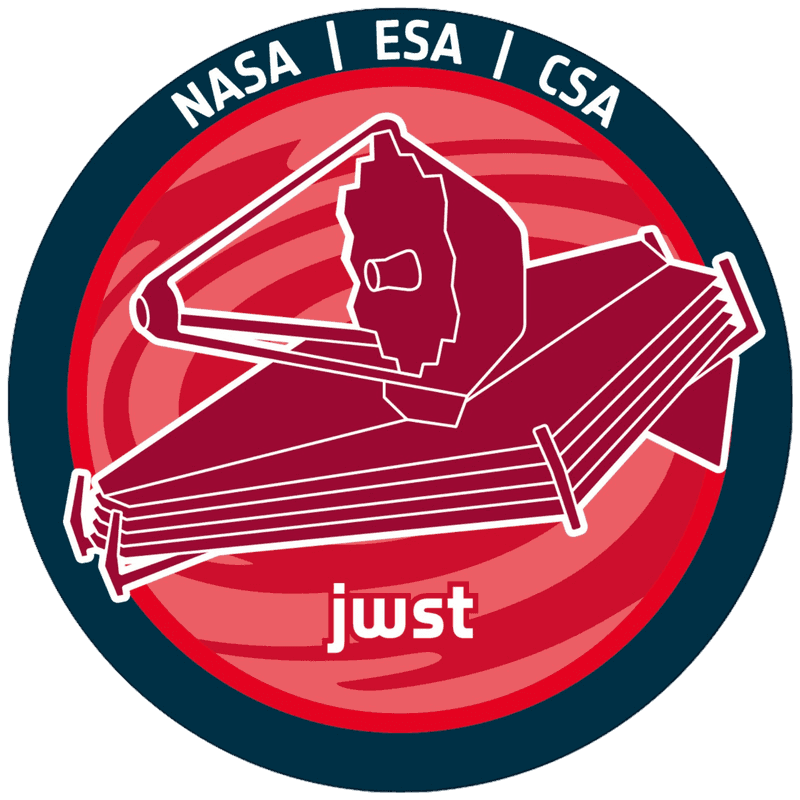MIRI — the Mid-InfraRed Instrument
Webb has a suite of four powerful instruments that will investigate the cosmos. They are located in the Integrated Science Instrument Module, behind the primary mirror.
MIRI is the only instrument on the telescope that is capable of operating at mid-infrared wavelengths. It will support the whole range of Webb’s science goals, from observing our own Solar System and other planetary systems, to studying the early Universe.
MIRI is a versatile instrument offering a wide set of modes: imaging, coronagraphy and different flavours of spectroscopy. To observe the cosmos in the mid-infrared, MIRI must be kept more than 30 degrees cooler than the other instruments in the Webb observatory. This is accomplished by the use of an innovative cooling system known as a cryocooler, which will act as an extra refrigerator for the MIRI instrument.
MIRI will provide imaging, coronagraphy and spectroscopy over the 5 µm ̶ 28 µm wavelength range. It will operate at –266°C (compared with –233°C for the rest of the observatory). This is barely seven degrees above absolute zero, the lowest temperature possible according to the laws of physics.
MIRI was developed as a partnership between Europe and the USA: the main partners are ESA, a consortium of nationally funded European institutes, the Jet Propulsion Laboratory (JPL), and the University of Arizona. The instrument was nationally funded by the European Consortium under the auspices of the European Space Agency. The principal investigator leading the MIRI European Consortium is Gillian Wright (UK Astronomy Technology Centre) and the MIRI American science lead is George Rieke (University of Arizona).
View the collection of images and data taken by MIRI here.

